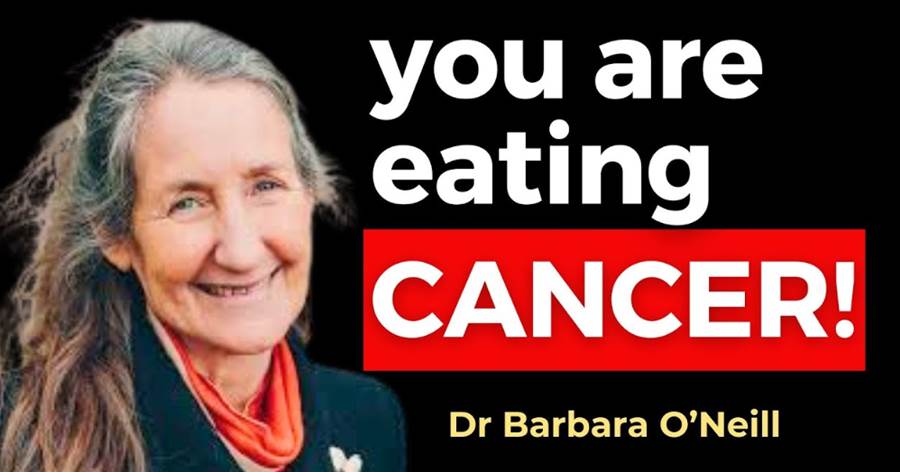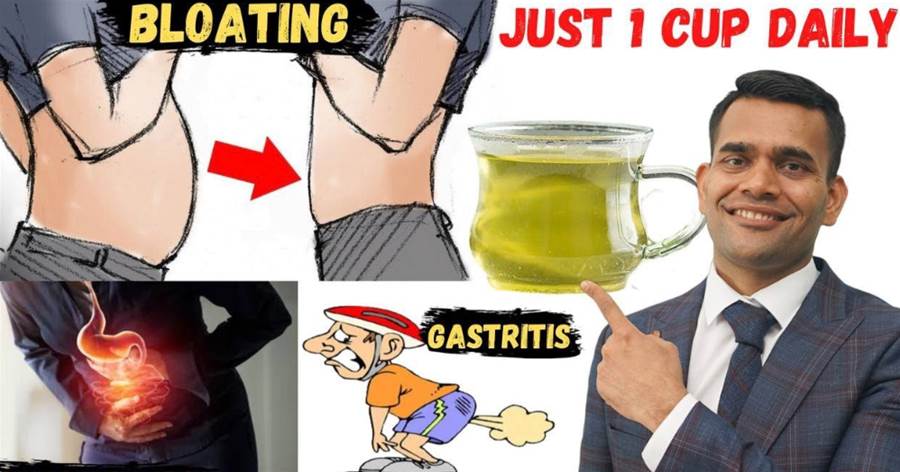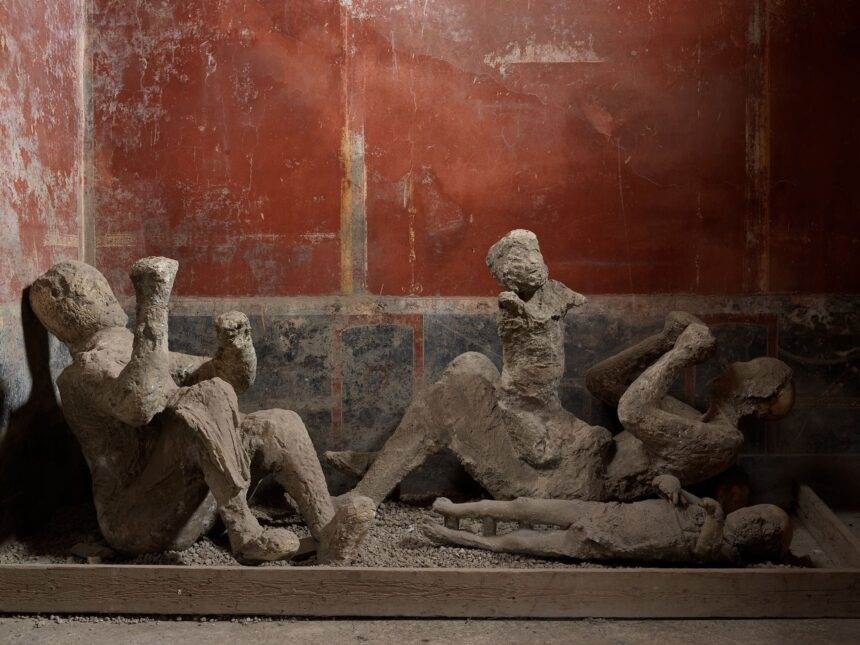
Alarming Signs of Blood Clots – Don’t Ignore!
Blood clots can be life-threatening if left untreated, but they often go unnoticed due to their subtle symptoms.
It’s easy to dismiss these signs as something minor, yet they could be the body’s way of sounding an alarm. So, what are the signs that you should watch out for? And why is it so crucial to recognize them early?
When people think of blood clots, the first thing that may come to mind is deep vein thrombosis (DVT), a condition where a clot forms in the deep veins of the leg. However, clots can occur in different parts of the body, leading to various complications like heart attacks, strokes, or pulmonary embolisms.
The problem is that the symptoms can often be vague or confused with other conditions, making it difficult to recognize them in time.
One of the earliest signs of a blood clot, particularly DVT, is sudden swelling in one leg or arm. This occurs because the clot obstructs the flow of blood, causing fluid to accumulate in the affected area. If you notice swelling that doesn’t go away or gets progressively worse, it’s not something to brush off.
Many people mistake this for an injury, but in cases where there's no trauma, it could be a red flag waving for urgent medical attention.
Pain associated with blood clots can feel similar to a muscle cramp or a pulled muscle. But here’s the catch—it’s persistent and doesn’t improve with rest. This discomfort can start in the calf, thigh, or even the arm, depending on where the clot is forming. It may feel like a dull ache or a sharp stab, with the pain often worsening when walking or bending the foot.
Ignoring these symptoms might result in the clot moving to the lungs, causing a much more severe condition known as a pulmonary embolism.
If you notice any redness, discoloration, or warmth in a specific area, it could indicate a clot lurking below the surface. The affected skin may appear darker or have a bluish tint, especially on the legs or arms. These changes in skin tone occur due to restricted blood flow, resulting in a lack of oxygen and nutrients reaching the tissue.
A simple bruise or rash might not seem like a big deal, but if it appears alongside other symptoms, it could signal a more serious issue.
Shortness of breath is a significant symptom that should never be ignored, as it may indicate a clot in the lungs (pulmonary embolism). If you suddenly find it hard to breathe, feel lightheaded, or experience an increased heart rate, don’t dismiss it as just being out of shape. Pulmonary embolisms can occur without warning, causing sudden death if left untreated.
So, if you feel like you can’t catch your breath, it’s better to be safe and get checked out immediately.
Fatigue is a symptom often attributed to a lack of sleep, stress, or just a busy lifestyle. But if you feel unusually tired, even after rest, it could be a sign that something more serious is going on in your body. Blood clots can lead to a lack of adequate blood flow and oxygen throughout the body, causing a persistent feeling of exhaustion.
The key is to notice if this fatigue is out of the ordinary or accompanied by other symptoms.
Blood clots don’t only form in the limbs—they can also occur in the brain. If this happens, it may lead to severe headaches, visual disturbances, or even sudden weakness in one side of the body, indicating a potential stroke. These symptoms demand immediate medical attention, as a clot in the brain can cause irreversible damage in a matter of minutes.
While some symptoms of blood clots can be subtle, they often come in combinations that shouldn’t be ignored. Paying attention to the signs your body is giving you can make a huge difference in preventing life-threatening situations. If you experience any of the symptoms mentioned above, especially if they occur together, don’t hesitate to seek medical advice.
Have you or someone you know ever experienced blood clot symptoms? Share your thoughts and experiences in the comments below!



















